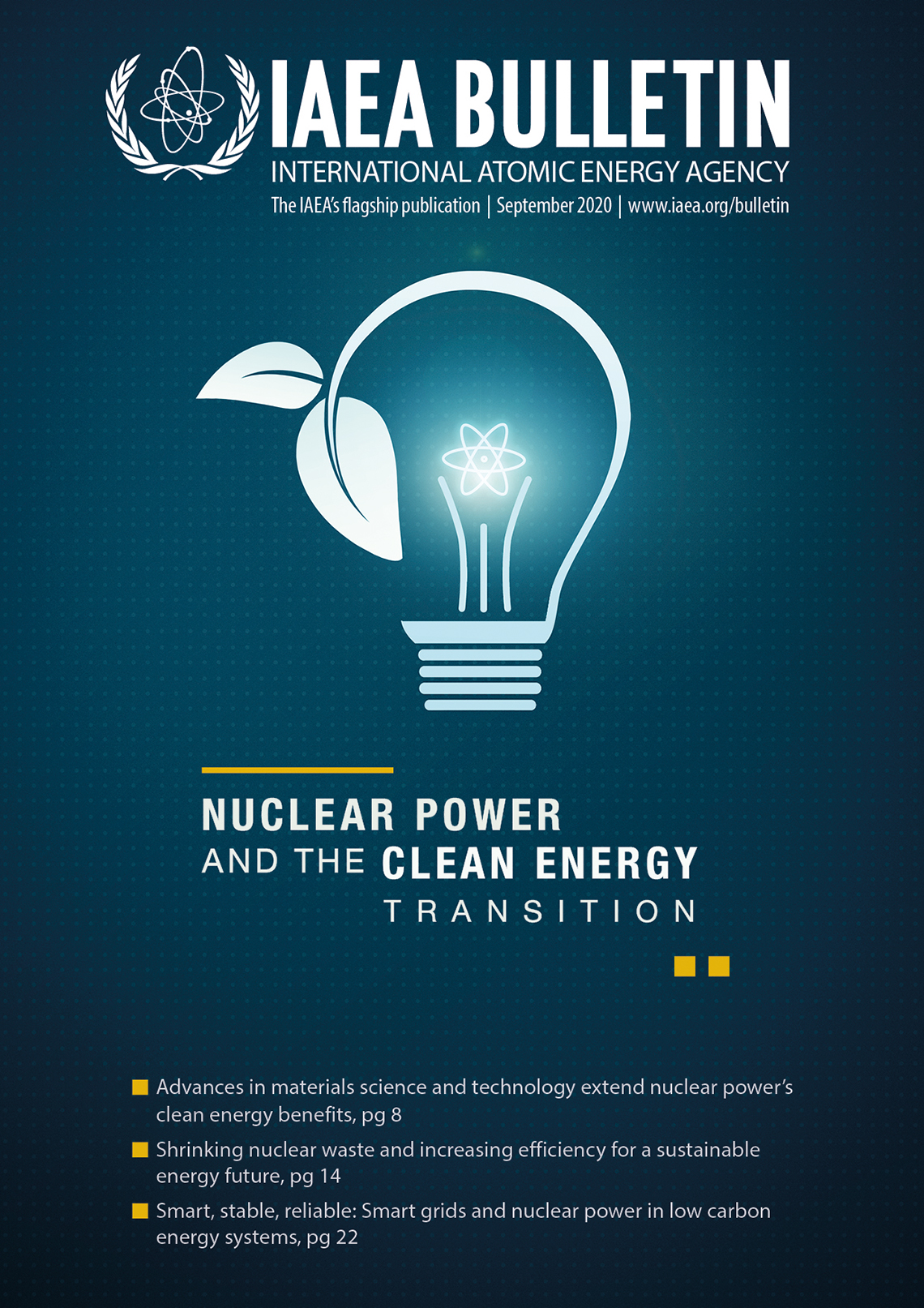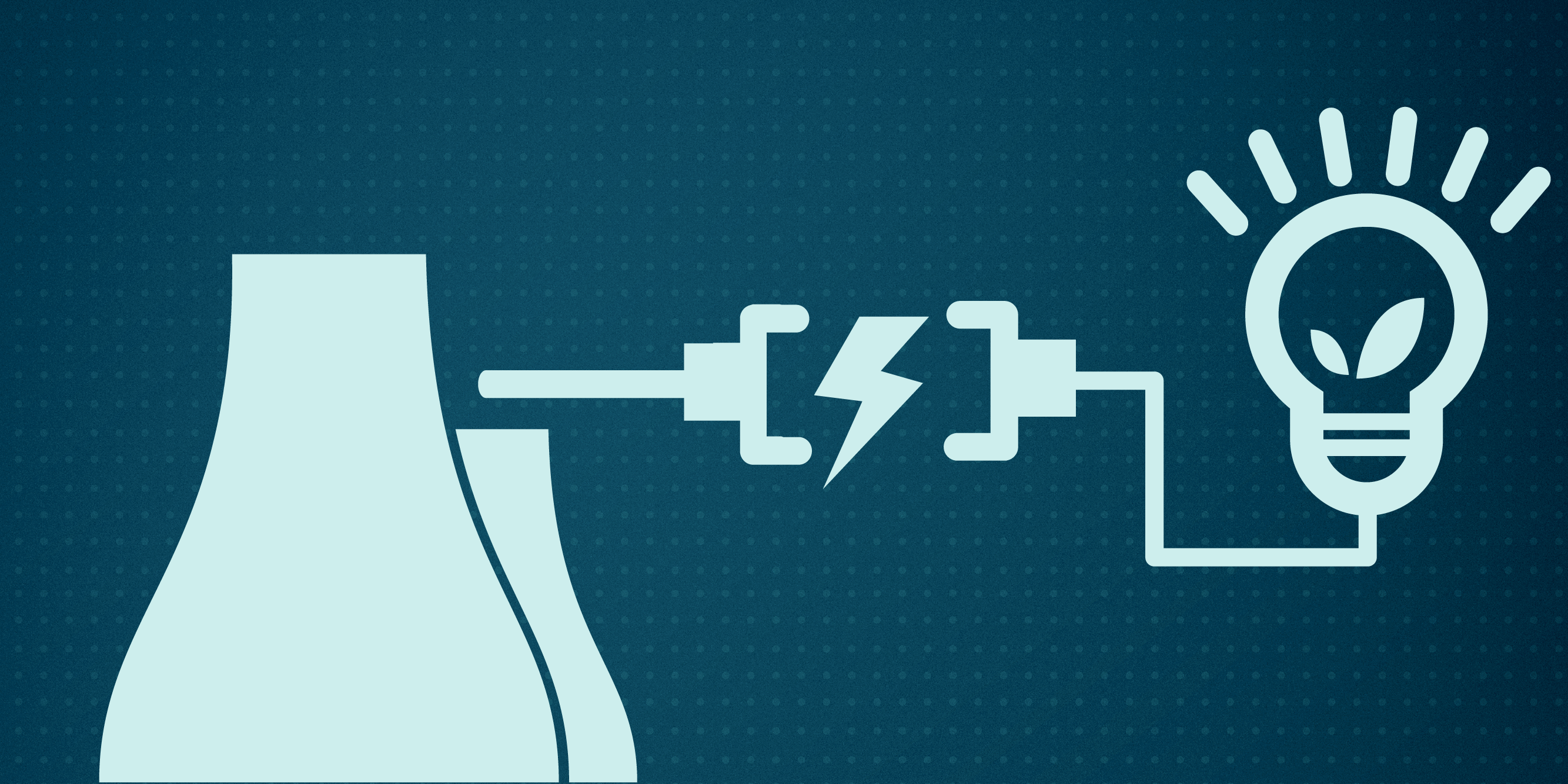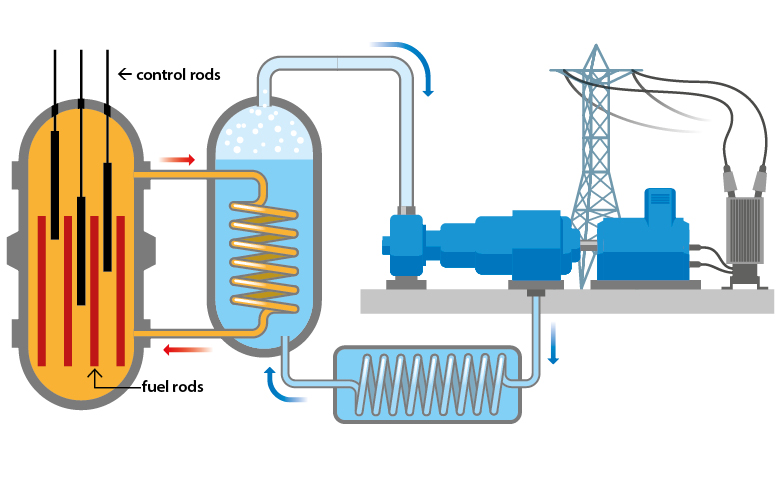How does nuclear power fit into the clean energy transition?
Nuclear power is the second-largest source of low carbon energy used today to produce electricity, following hydropower. During operation, nuclear power plants produce almost no greenhouse gas emissions. According to the IEA, the use of nuclear power has reduced carbon dioxide emissions by more than 60 gigatonnes over the past 50 years, which is almost two years’ worth of global energy-related emissions.
Nuclear power accounts for around 10% of the world’s electricity and for around one third of global low carbon electricity. Currently, there are 440 nuclear power reactors in operation in 30 countries. There are 54 reactors under construction in 19 countries, including 4 countries that are building their first nuclear reactors.
As they can operate at full capacity nearly uninterrupted, nuclear power plants can provide a continuous and reliable supply of energy. This is in contrast to variable renewable energy sources, such as solar and wind, which require back-up power during their output gaps, such as when the sun sets or the wind stops blowing.
Nuclear power plants can also operate flexibly to meet fluctuations in energy demand and provide stability to electrical grids, particularly those with high shares of variable renewable sources (learn more here). Some nuclear power plants are now being designed to also provide non-electric services, such as hydrogen production. These services can help to decarbonize other sectors, in addition to electricity production.
As progress on nuclear power technologies continues, it has led to innovative, advanced and next generation reactor designs that are helping to make nuclear power a more efficient, affordable and attractive option for decarbonization. A new era of smaller, more flexible, and, in some cases, transportable reactor designs are also expected to help make nuclear power and its non-electric applications more accessible and cost-effective, especially for remote and hard-to-reach parts of the globe (learn more here).


